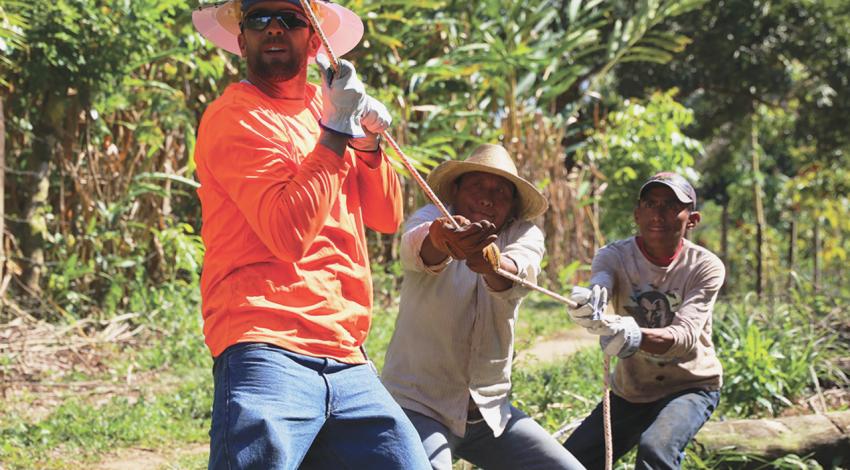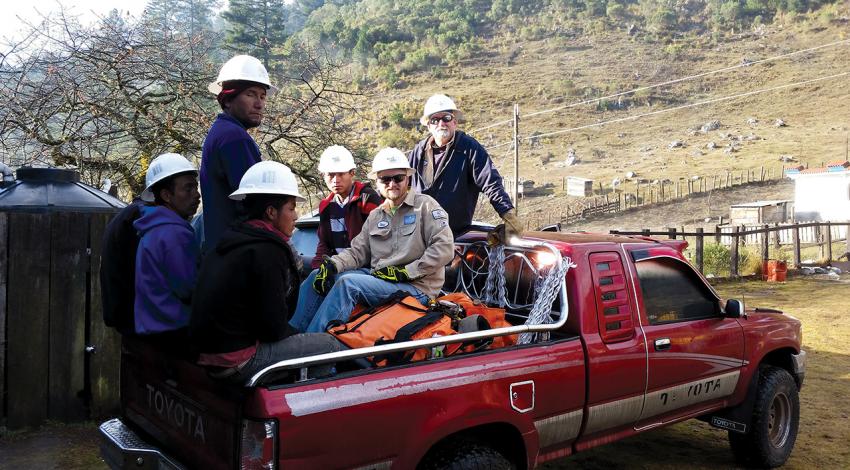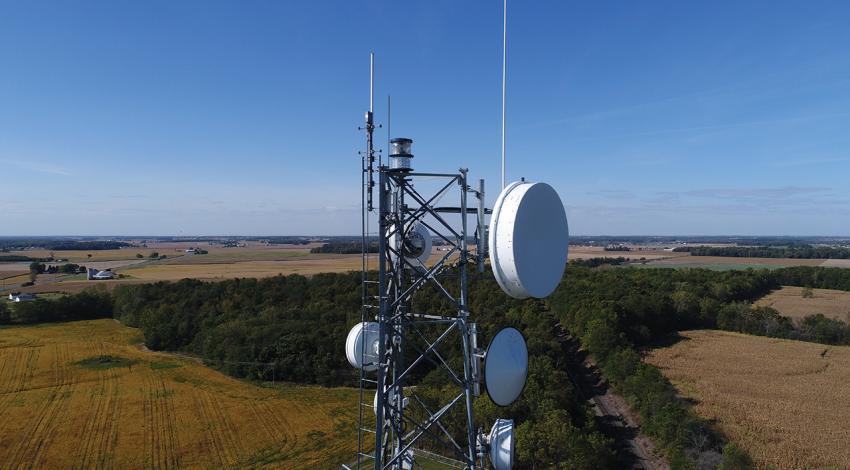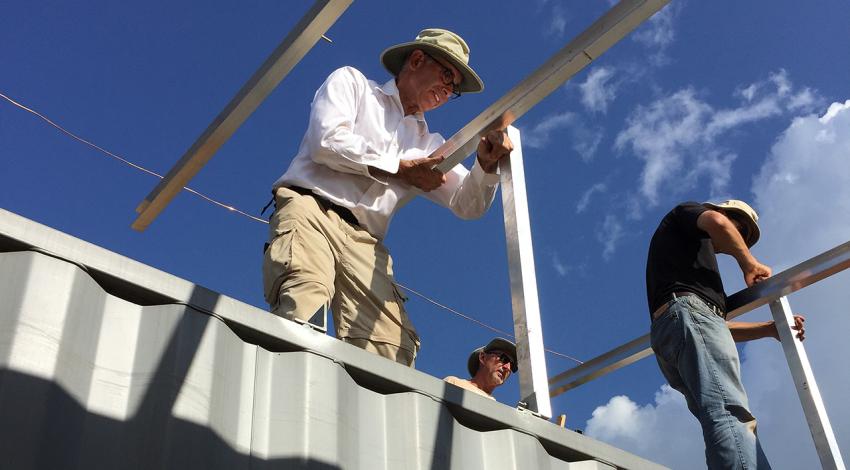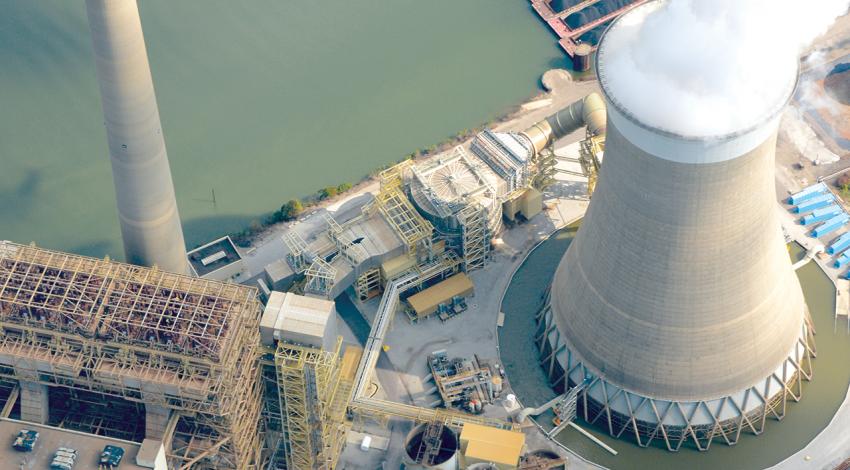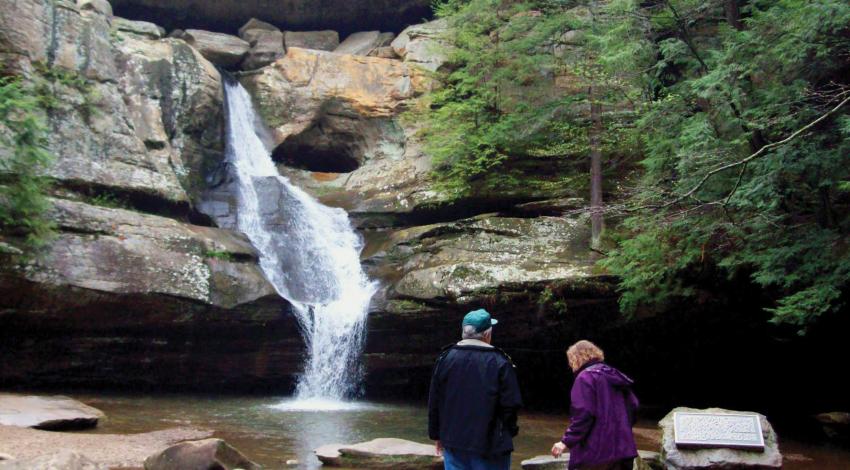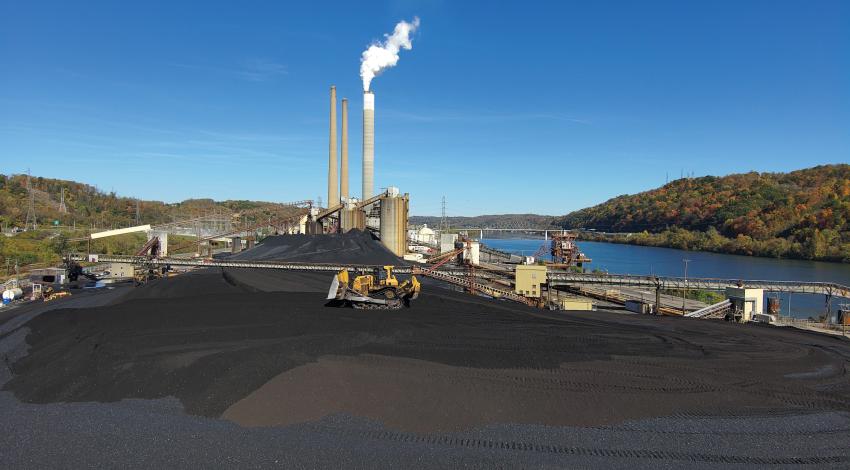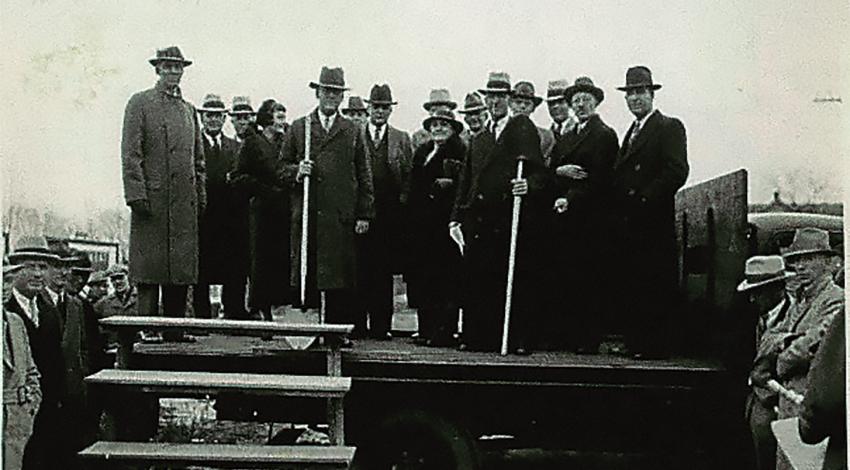In a way, the scene was reminiscent of 1930s and ’40s rural America: two out-of-the-way villages getting electricity for the first time. This past March, however, the setting was a remote area of Central America, where a team of 17 linemen from Ohio electric cooperatives traveled to the villages of Las Tortugas and San Jorge, in northern Guatemala, on a humanitarian mission to supply electricity for the first time to the small villages.
power generation
Electric cooperatives were founded in the spirit of neighbor helping neighbor. Co-ops brought light to rural America, and that partnership lit the way for us to carry the tradition beyond our borders. In 2016, linemen from across Ohio’s electric cooperative network mirrored that effort for our international neighbors in Guatemala. We brought power to the village of La Soledad, changing lives, providing hope for the future — and providing perspective on the impact we can have on underserved people still today.
There is a 140-foot-tall communications tower positioned at Mid-Ohio Energy Cooperative’s substation in Ada that’s vital to the co-op’s mission to provide reliable electric service to its more than 8,000 owner-members.
At the top are two radios that are part of Mid-Ohio Energy’s microwave communications network — one that communicates with another substation, and another that points back to the co-op office in Kenton — and unless both are working, the co-op would have difficulty communicating with critical systems at several substations.
Safe, Clean, Reliable, and Affordable: I often use these words to describe the electric power supply that Buckeye Power and all of the electric cooperatives around the state strive to provide to our member-consumers. Each of these words is important to us, and each has a different measure of success.
Reliable may be the easiest for you to observe. Do the lights come on every day? Is the supply adequate for your needs? When something occasionally causes a power outage, is power restored quickly?
I love this time of year. January, for me, is a time of optimism, when I see all the possibilities ahead of us, which both invite us into the unknown and challenge us to improve.
At the same time, the new year affords us the opportunity to look back at the year that was. Before going into our 2018 priorities, let’s celebrate 2017 — which, looking back, turned out to be a historic year for Ohio electric cooperatives. It was a year in which we:
For Tony Ahern, volunteer service work truly was a leap of faith. It has led him around the world, where he has helped bring water, electricity, and transportation options to those in need.
“When I first started doing these trips, it wasn’t as if I had a grand vision,” he says. “I just wanted to do something, so that’s what I did. I decided I would just go on faith that I would find the right projects. I didn’t need a whole game plan.”
Electric co-ops were established to provide electricity to people living in rural communities. Folks in rural America had been mostly ignored by electric companies that didn’t see enough potential profit to run electric lines into the country. In the 1930s, a public-private partnership was forged to provide the large capital investments needed to build and operate rural electric systems.
Shelter, food, clean water, electricity — these are the essentials of life in today’s world. For all the technology and innovation available in our modern society, these essentials can still be stripped away in minutes by the power of nature. Across much of Texas, Florida, and nearby states, recovery efforts are underway as of this writing from hurricanes Harvey and Irma. Hopefully by the time you read this, these essentials will have been restored to everyone impacted by these storms.
Driving on Ohio Route 7 south of Steubenville near Brilliant, the first thing most people notice about the Cardinal Station power-generating facility is the snow-white plume emanating from the tall, thin dual stacks on the northern end of the station and from the shorter, stubbier tower to the south. The color of those plumes is significant. Long gone are the days when the stacks would send black smoke into the atmosphere. Thanks to more than $1 billion in investments in environmental equipment, that cloud is nearly all water vapor.
Who among us, when we flip a light switch or turn on a fan, gives a second thought (or even a first thought) to where the electricity comes from to light the bulb or cool the room? Part of our job at Ohio’s electric cooperatives is to make it easy for you to take this miracle of science and engineering for granted. In this month’s issue, Ohio Cooperative Living pulls back the curtain and gives you a peek at how we make sure that power is literally at your fingertips anytime you want it.
